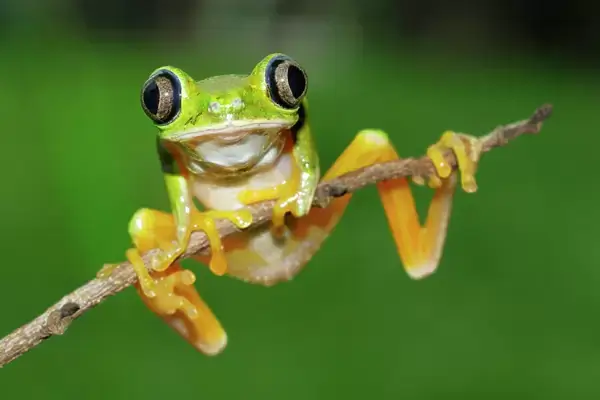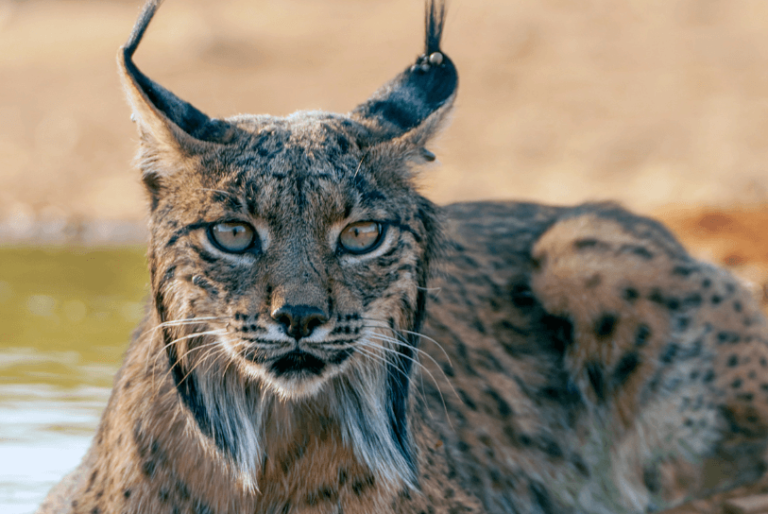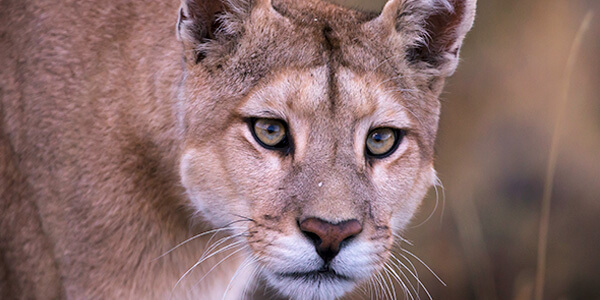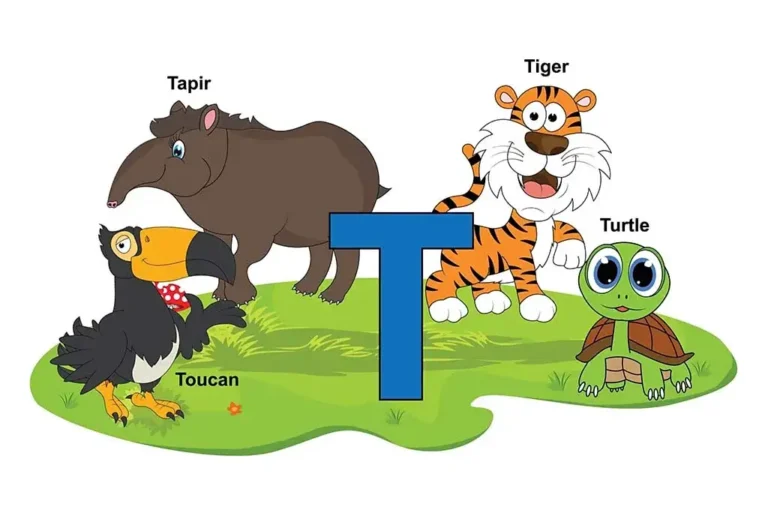Fascinating Facts About the Endangered Lemur Leaf Frog
The Lemur Leaf Frog (Agalychnis lemur) is a small, nocturnal amphibian known for its striking appearance and unique adaptations. Native to Central and South America, this rare frog has captured the attention of conservationists and nature enthusiasts due to its endangered status.
In this article, we’ll explore the scientific classification, physical characteristics, habitat, behavior, diet, reproduction, predators, and conservation status of the Lemur Leaf Frog, along with fascinating facts about its evolutionary history and relationship with humans.
Contents
Scientific Classification
The Lemur Leaf Frog belongs to the family Hylidae, a group known for their tree-dwelling behavior. Below is the detailed classification of the species:
- Kingdom: Animalia
- Phylum: Chordata
- Class: Amphibia
- Order: Anura
- Family: Hylidae
- Genus: Agalychnis
- Species: Agalychnis lemur
This species was first described in the early 20th century, and its scientific name reflects its lemur-like eyes.
Physical Characteristics
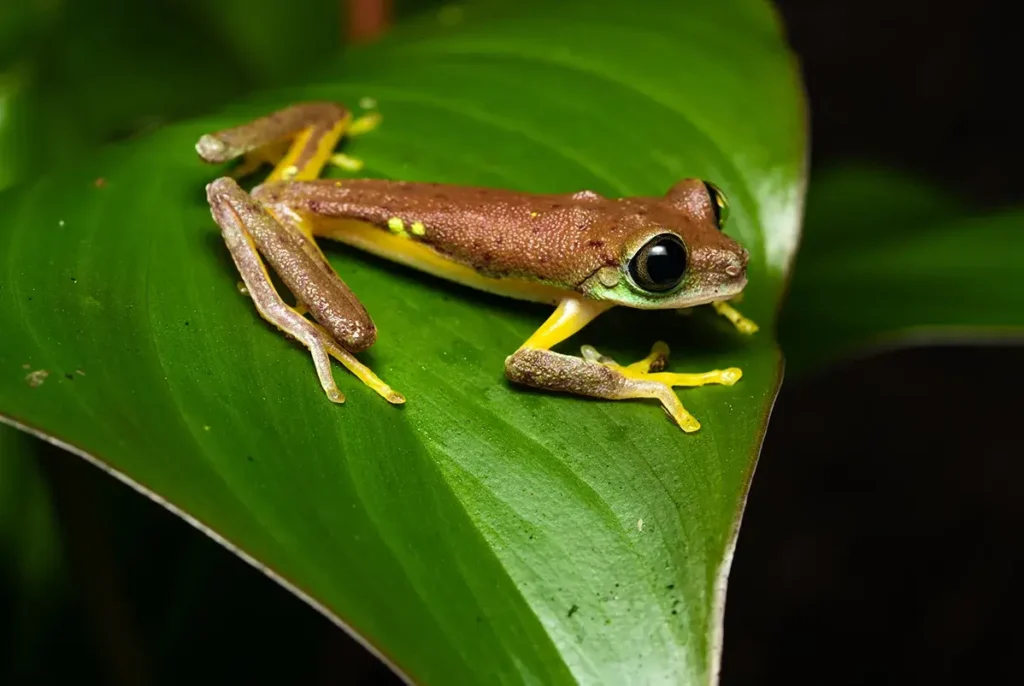
The Lemur Leaf Frog is easily recognizable due to its slender body and bright coloration. Its key features include:
- Size: These frogs are relatively small, ranging from 2 to 3 inches (5 to 7.5 cm) in length.
- Color: During the day, they are light green, which helps them blend into their surroundings. At night, their coloration changes to brownish-red, with distinctive yellow markings on the sides and legs.
- Eyes: One of their most striking features is their large, gold-colored eyes with horizontal pupils, reminiscent of lemurs, which is how they earned their common name.
- Skin: Their skin is smooth, with some secretions that make them mildly toxic, aiding in predator deterrence.
Habitat
The Lemur Leaf Frog inhabits tropical rainforests, primarily in Costa Rica, Panama, and Colombia. These frogs are highly arboreal, spending most of their time in trees near slow-moving bodies of water such as streams or ponds. They thrive in humid environments with temperatures ranging from 75°F to 85°F (24°C to 29°C), but their habitats are highly susceptible to deforestation and climate change.
Behavior

As nocturnal creatures, Lemur Leaf Frogs are most active at night, hunting for food and mates. They have exceptional camouflage abilities, allowing them to blend into leaves during the day and remain motionless to avoid predators. At night, their change in color helps them remain undetected while foraging. Their large eyes enable them to see well in low light, making them efficient nighttime hunters.
Diet
The Lemur Leaf Frog primarily feeds on small insects, including flies, ants, and beetles. They use their long, sticky tongue to capture prey quickly. Their diet helps control insect populations, making them essential to their ecosystem. In captivity, they are fed a diet of crickets and other small invertebrates.
Reproduction
Reproduction in Lemur Leaf Frogs is seasonal, often linked to the rainy season. Males attract females by producing soft, high-pitched calls during the night. Once a pair mates, the female lays eggs on leaves overhanging water sources. A jelly-like substance protects the eggs, and after about a week, the tadpoles hatch and drop into the water below, where they continue to develop.
Key Reproductive Traits:
- Breeding Season: Wet season (typically between May and November)
- Eggs: Clutches of 20-30 eggs are laid on vegetation.
- Tadpole Development: Tadpoles take approximately 2-3 months to develop into fully-formed frogs.
Predators
Despite their small size and cryptic behavior, Lemur Leaf Frogs face several predators, including:
- Snakes
- Birds of prey
- Larger amphibians
Their primary defense mechanisms include camouflage, toxic skin secretions, and nocturnal habits, which reduce their exposure to diurnal predators.
Conservation Status
The Lemur Leaf Frog is currently listed as Critically Endangered by the International Union for Conservation of Nature (IUCN). This decline is mainly due to habitat destruction from deforestation, urban expansion, and agriculture. Additionally, chytridiomycosis, a deadly fungal disease affecting amphibians, has decimated populations in certain areas.
Conservation Efforts:
- Captive Breeding Programs: Zoos and research centers in Europe and Central America are working to breed Lemur Leaf Frogs in captivity and potentially reintroduce them to the wild.
- Habitat Protection: Conservation organizations are pushing to preserve rainforests and reduce deforestation in critical areas where these frogs are found.
- Chytrid Fungus Research: Efforts to better understand and combat chytridiomycosis are crucial to the species’ survival.
Interesting Facts
- Color-Changing Abilities: The Lemur Leaf Frog’s ability to change color from green to brownish-red is a unique adaptation to its environment, helping it evade predators both day and night.
- Lifespan: These frogs typically live around 5 years in the wild, though they can live longer in captivity under ideal conditions.
- Sensitive to Environmental Changes: Lemur Leaf Frogs are highly sensitive to environmental changes, making them critical indicators of ecosystem health.
Evolutionary History
The Agalychnis genus, which includes the Lemur Leaf Frog, is believed to have evolved millions of years ago, with species adapting to arboreal lifestyles in response to the diverse ecological niches of tropical forests. These frogs have evolved specialized toe pads that enable them to cling to leaves and branches, an adaptation essential for their tree-dwelling existence.
Relationship with Humans
Humans have had both positive and negative impacts on the Lemur Leaf Frog. While deforestation and habitat destruction have drastically reduced their numbers, conservationists are working hard to preserve this species. In recent years, these frogs have also gained attention in eco-tourism, where enthusiasts travel to rainforests in search of these rare and beautiful creatures.
Conversely, the frog’s endangered status has become a symbol for broader environmental conservation efforts. Captive breeding programs aim to ensure their survival while educating the public about protecting amphibians and their habitats.
Conclusion
The Lemur Leaf Frog is a fascinating and vital species within its ecosystem, yet it faces critical challenges to its survival. Its unique physical characteristics, arboreal lifestyle, and complex reproductive behaviors make it an intriguing subject for scientists and conservationists. Unfortunately, habitat loss and disease pressures continue to threaten its future. Raising awareness and supporting conservation efforts can help ensure this extraordinary amphibian continues to thrive in the wild for generations.
- Are Rottweilers Good With Kids? Reasons & Training Tips - 17 September 2025
- How Long Are Dogs Pregnant: Complete Guide - 16 September 2025
- German Shepherd Doberman Mix: Info, Pictures, Care & More - 11 September 2025

